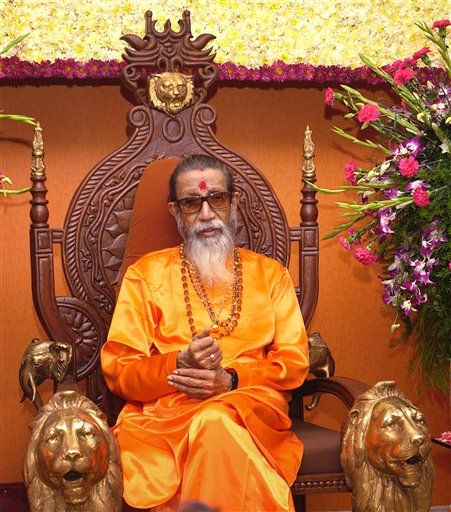Red Fort
From Wikipedia, the free encyclopedia
This article is about the Red Fort in Delhi. For the Red Fort in Agra, see Agra Fort.
Coordinates: 28°39′21″N 77°14′25″E / 28.65583°N 77.24028°E| The Red Fort Complex* | |
|---|---|
| UNESCO World Heritage Site | |
| The Red Fort is a prominent fort in Delhi | |
| State Party | |
| Type | Cultural |
| Criteria | ii, iii, iv |
| Reference | 231 |
| Region** | Asia-Pacific |
| Inscription history | |
| Inscription | 2007 (31st Session) |
| * Name as inscribed on World Heritage List. ** Region as classified by UNESCO. | |
Mughal Emperor Shahjahan, started construction of the massive fort in 1638 and work was completed in 1648 (10 years).[2] The Red Fort was originally referred to as "Qila-i-Mubarak" (the blessed fort), because it was the residence of the royal family. The layout of the Red Fort was organised to retain and integrate this site with the Salimgarh Fort. The fortress palace was an important focal point of the medieval city of Shahjahanabad. The planning and aesthetics of the Red Fort represent the zenith of Mughal creativity which prevailed during the reign of Emperor Shah Jahan. This Fort has had many developments added on after its construction by Emperor Shahjahan. The significant phases of development were under Aurangzeb and later Mughal rulers. Important physical changes were carried out in the overall settings of the site after the First War of Independence during British Rule in 1857. After Independence, the site experienced a few changes in terms of addition/alteration to the structures. During the British period the Fort was mainly used as a cantonment and even after Independence, a significant part of the Fort remained under the control of the Indian Army until the year 2003.The Red Fort is a tourist attraction from around the world.
The Red Fort was the palace for Mughal Emperor Shah Jahan's new capital, Shahjahanabad, the seventh city in the Delhi site. He moved his capital here from Agra in a move designed to bring prestige to his reign, and to provide ample opportunity to apply his ambitious building schemes and interests.
The fort lies along the Yamuna River, which fed the moats that surround most of the wall. The wall at its north-eastern corner is adjacent to an older fort, the Salimgarh Fort, a defense built by Islam Shah Suri in 1546.The construction of the Red Fort began in 1638 and was completed by 1648.
On 11 March 1783, Sikhs briefly entered Red Fort in Delhi and occupied the Diwan-i-Am. The city was essentially surrendered by the Mughal wazir in cahoots with his Sikh Allies. This task was carried out under the command of the Sardar Baghel Singh Dhaliwal of the Karor Singhia misl.
The last Mughal emperor to occupy the fort was Bahadur Shah II "Zafar". Despite being the seat of Mughal power and its defensive capabilities, the Red Fort was not defended during the 1857 uprising against the British. After the failure of the 1857 rebellion, Zafar left the fort on 17 September. He returned to Red Fort as a prisoner of the British. Zafar was tried on in a trial starting on 27 January 1858, and was exiled on 7 October.











0 Comments